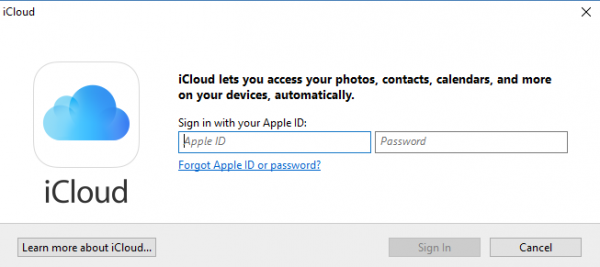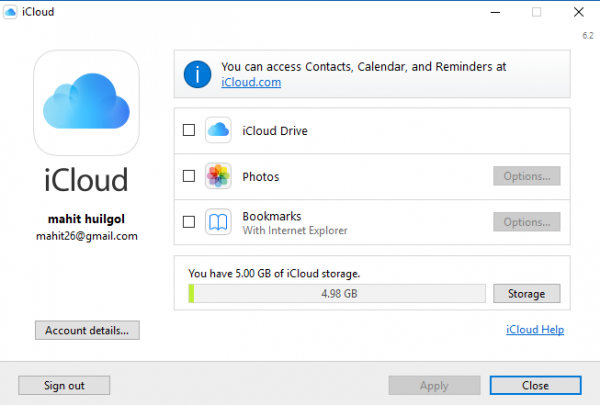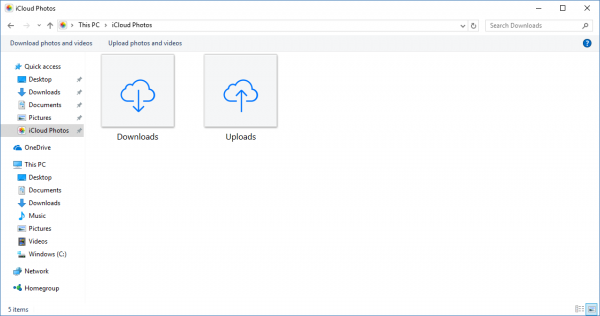Windows and Mac utilities don’t exactly go hand in hand; while Microsoft has become platform agnostic Apple is yet to embrace the idea of releasing its apps on other platforms. I can use Office 365 and other popular Windows programs on Mac, but the vice versa is not easy. However, it seems that Apple had a change of heart recently and made available iCloud on Windows 11/10. iCloud is something that I use on my MacBook, and it would be great if I can access the same on Windows. Let’s walk you through a detailed guide on how one should set up iCloud on Windows 11/10.
iCloud is something that I use on my MacBook, and it would be great if I can access the same on Windows PC. Let’s walk you through a detailed guide on how one should set up iCloud on Windows 11/10.
Using iCloud on Windows 11/10 PC
1. Download and Install
Needless to say, you need to download the software and install it, however, it’s very important from where you download the file since unknown sources can be riddled with malware and other attacks.
TIP: This post will help you if you see Your computer is missing Media features when downloading, installing, setting up, or updating iCloud for Windows
2. Logging In

Signing up is pretty easy and is similar to how one does on their Mac or iPad. Before signing in, ensure that you have an Apple ID that is up and working. Sign into the service by using the same username and ID that you use on your other Apple devices.
3. Initial Setup and Sync

As with all the other Cloud services, I am wary of what syncs and what shouldn’t. This is extremely important as otherwise the data that are not needed will also be downloaded creating a mess of your directory.
Thankfully Apple iCloud asks you about the different types of files that you may want to Sync; select the ones that you really require by checking them in the tick boxes and later clicking on Apple.
Currently, iCloud for Apple supports iCloud Photos, iCloud Drive and also bookmark syncing. It can also integrate calendars, contacts and other items with the help of Outlook on Windows.
4. Adding iCloud to the File Explorer

Now comes the caveat, iCloud doesn’t get automatically added to File Explorer. The iCloud will be in the main User folder and accessing the same is inconvenient.
Navigate to the file directory on File Explorer, select the folder iCloud Drive and right-click. Now select “Pin to Quick Access, ” and this will leave you with a permanent shortcut in the File Explorer. One can also search for iCloud from the search bar and Pin it to the quick access taskbar as well.
I tried finding iCloud on Windows Store only to realize later that the software can only be downloaded from the Apple Support website link.
Leave a Reply